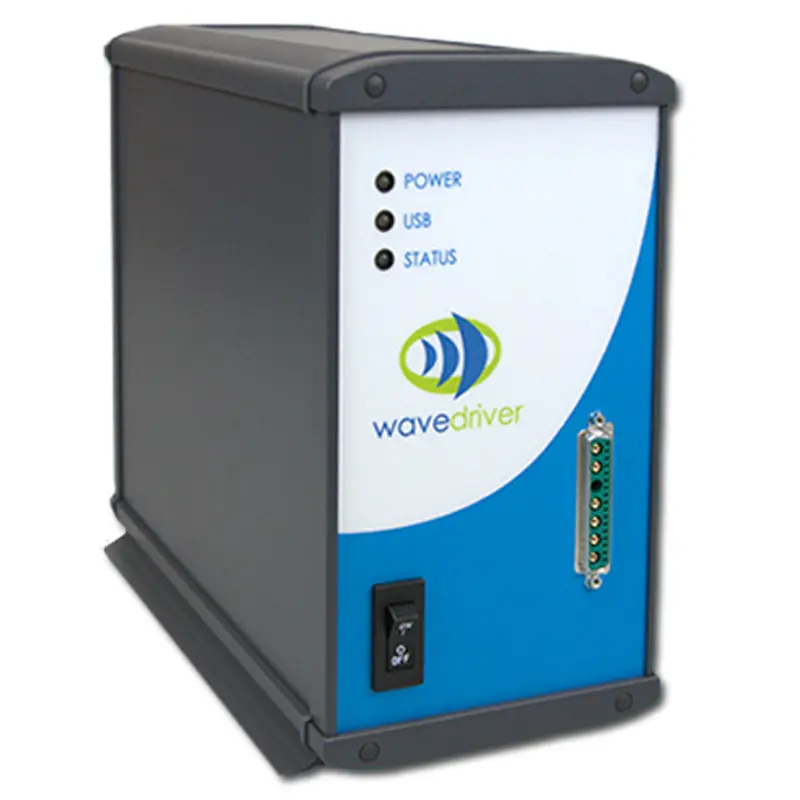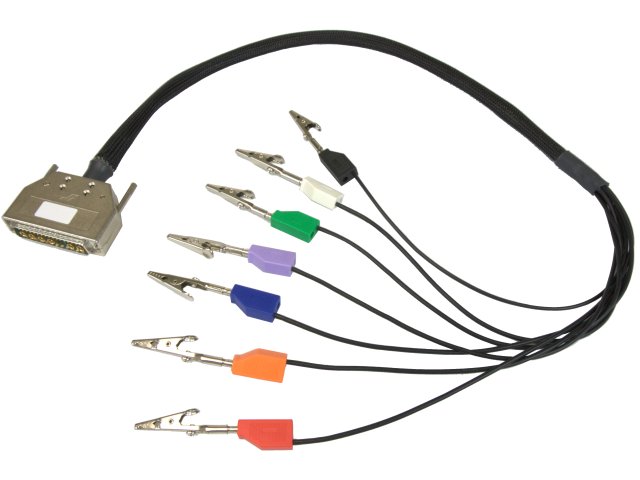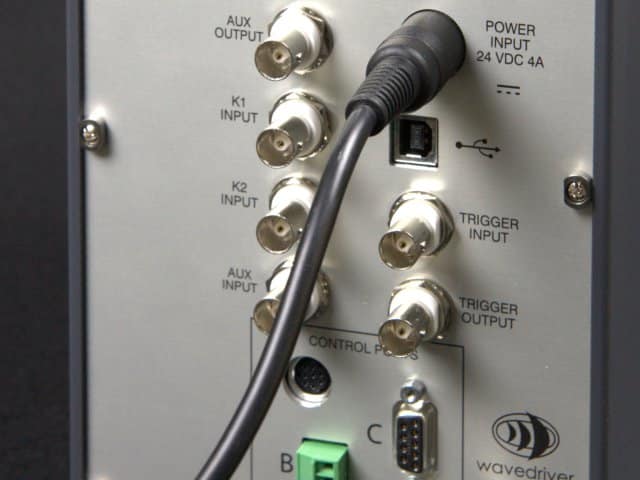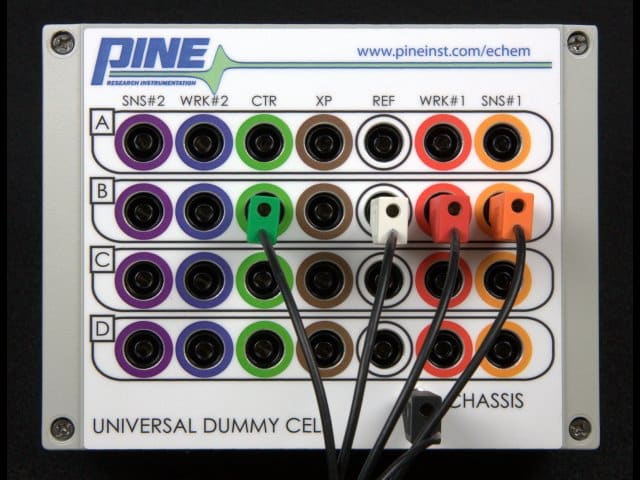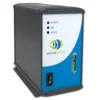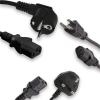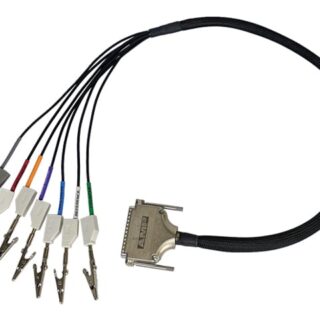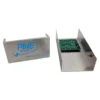WaveDriver 40 System Bundle
This WaveDriver® 40 Electrochemical Workstation is a versatile, dual-electrode, research-grade, performance-driven system with potentiostat, galvanostat, open-circuit potential, and zero resistance ammeter modes of operation. It is engineered to provide the essential hardware and software features you need at an affordable price. This system finds use with stationary electrodes, rotating disk (RDE), rotating ring-disk (RRDE), and rotating cylinder (RCE) electrodes.
Under the control of our powerful AfterMath® Blue software package, the WaveDriver 40 supports a wide range of DC electroanalytical techniques. It offers current ranges up to ±1 A, potential ranges up to ±15 V, advanced inputs/outputs, waveform filters, and iR compensation.
The WaveDriver 40 is a true integrated bipotentiostat, capable of controlling one or two working electrodes operating in the same electrochemical cell along with a counter and reference electrode, making this instrument ideal for Rotating Ring-Disk Electrode (RRDE) voltammetry. This workstation is a trusted companion to our popular electrode rotators, including our latest evoLUTION, the MSR evo Electrode Rotator.
This is a product bundle, meaning several compatible products are included together. View the individual bundle products in the tab below.
This product consists of separately available parts. View the parts list in the tab below.
Customers must be logged into their account to view prices. Not all regions provide pricing online. If you do not see prices, you can obtain them from the designated sales channel in your region.
This WaveDriver® 40 Electrochemical Workstation is a versatile, dual-electrode, research-grade, performance-driven system with potentiostat, galvanostat, open-circuit potential, and zero resistance ammeter modes of operation. It is engineered to provide the essential hardware and software features you need at an affordable price. This system finds use with stationary electrodes, rotating disk (RDE), rotating ring-disk (RRDE), and rotating cylinder (RCE) electrodes.
Under the control of our powerful AfterMath® Blue software package, the WaveDriver 40 supports a wide range of DC electroanalytical techniques. It offers current ranges up to ±1 A, potential ranges up to ±15 V, advanced inputs/outputs, waveform filters, and iR compensation.
The WaveDriver 40 is a true integrated bipotentiostat, capable of controlling one or two working electrodes operating in the same electrochemical cell along with a counter and reference electrode, making this instrument ideal for Rotating Ring-Disk Electrode (RRDE) voltammetry. This workstation is a trusted companion to our popular electrode rotators, including our latest evoLUTION, the MSR evo Electrode Rotator.

